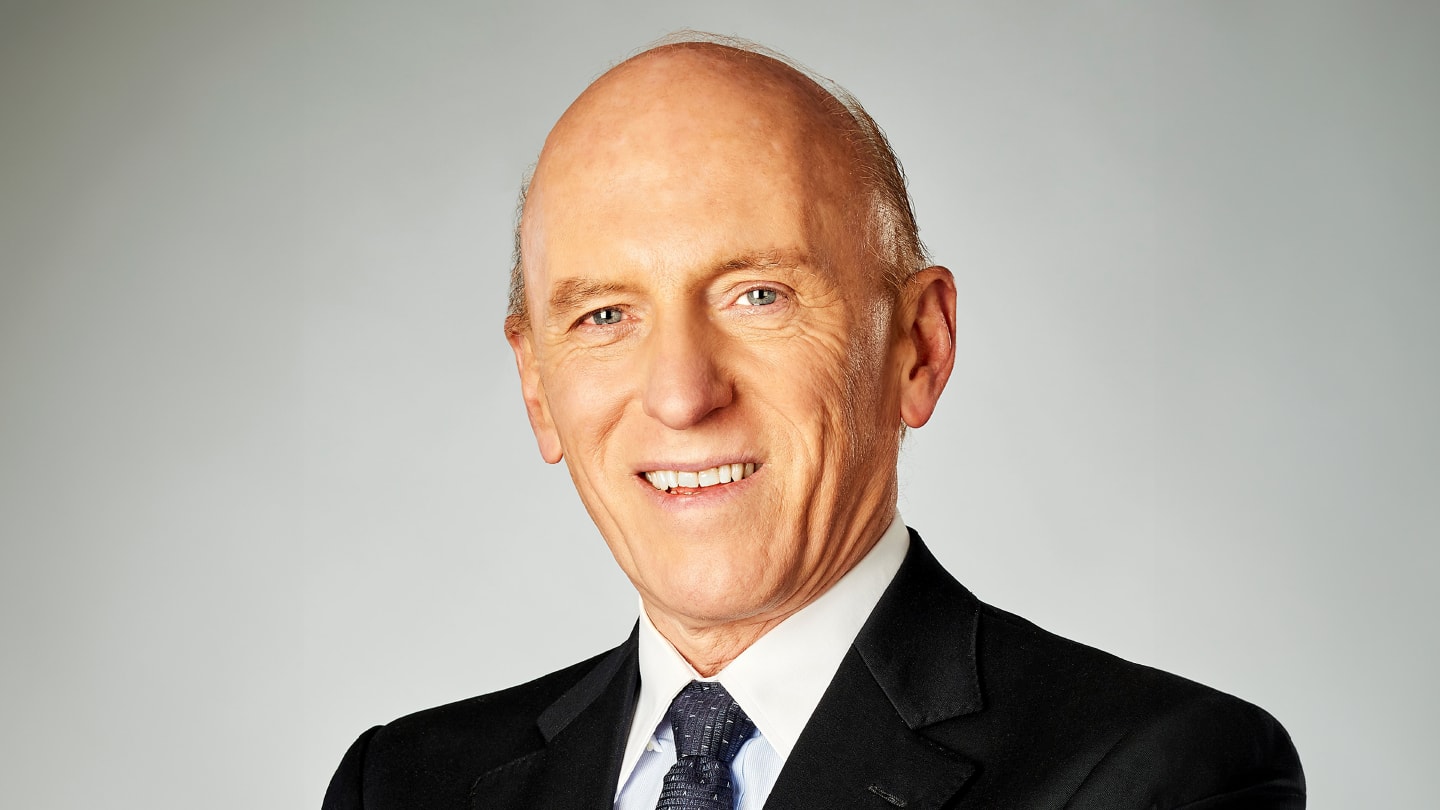In this installment of our 2025 Power List Perspectives series, Professor and Chairman of Ophthalmology at University Miguel Hernandez, Spain, and founder of Vissum Miranza Alicante, Jorge L. Alió, writes about his decade-plus investigations into the Lumina accommodative intraocular lens, and VEMoS, the Virtual Eye Model System that uses AI to simulate cataract surgery.

What major trends in cataract and refractive surgery are catching your attention right now?
The Lumina accommodative intraocular lens. I have been investigating this lens for over 14 years, from basic science studies to the CE mark, which was obtained in 2024. We have finished phase II and III clinical studies, and we are now in the post marketing use and clinical investigations on this lens to provide the most updated information about its indications and use.
In refractive surgery, we are very much developing the therapeutic indications of new customized intraocular phakic lenses that are specifically useful for keratoconus and high levels of refraction following corneal graft. Coincidentally, we are [also] investigating the use of total and corneal wavefront guided approaches for the correction of corneal irregularity. We are redefining the limits of refractive lensectomy based on evidence and risk benefit ratio of the patient.
In what ways do you think artificial intelligence (AI) and machine learning will impact cataract and refractive surgery?
It is still early to see the applications of this new technology, which seems to be unlimited. We are at the beginning of a process that will change a lot [of] the practice of medicine, and doctors will be verifying evidence-based data which is analysed by artificial intelligence and later confirmed by the surgeons with touch ups for the medical applications. The practice of refractive surgery will be almost completely automatized in the calculation stage and probably in the follow up controls. [This is] an extremely exciting area of development.
Concerning cataract surgery, we are already developing a program called VEMoS [Virtual Eye Model System], in which AI guides us towards the best intraocular lens indication based on the analysis of the quality of retinal image and patients’ needs. This is going to be commercial very soon, and has been investigated by us over the last eight years.
What advice would you give to your younger self?
To read peer review literature. To follow evidence-based information. Not to use commercial information provided by companies and in meetings, especially those that have a commercial bias for the development of a clinical opinion. To follow surgical training in detail with a mentor and to develop good evidence-based practice for the benefit of patients and medical and surgical prestige.
